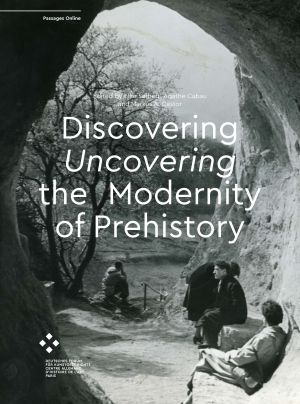Zitationsvorschlag
Identifier (Buch)
Veröffentlicht
Alberto Giacometti: Prehistoric Art as an Impulse for the Artist’s Late Sculptural Work after 1939
Giacometti’s sculptural works take one back to the “beginning of the time.” Through his doubts of the meaningfulness of an immortal form, freed from stone, he discovered a new kind of artistic process. His path consequently led him back to archaic sculptural figures, through prehistoric art, beginning in the late 1920s and systematically executed in his exile in Switzerland between 1940 and 1945. He set the immortalization, the stability, and permanence of traditional sculpture against the transience, intensity, power, and aura of appearance; a “temporalization” of sculpture and space. His conflict between the evanescence and preservation of matter was the driving force of his sculptural work on the most traditional subject in art: the human body. Matter should deteriorate, disappear, transform. This aspect is inherent to prehistoric art and must have persuaded him. Imaginary space, uncertainty through emptiness, existence out of nowhere, on a temporal tangent to nowhere are all inherent in his groups of figures and sculptural configurations. The thin figures emerge out of the materiality of the supporting, voluminous slabs and bases, counteracting the danger of dissolution. It is not form that is eternal but perception, a conceivable notion when one encounters prehistoric art in the Val Camonica.







